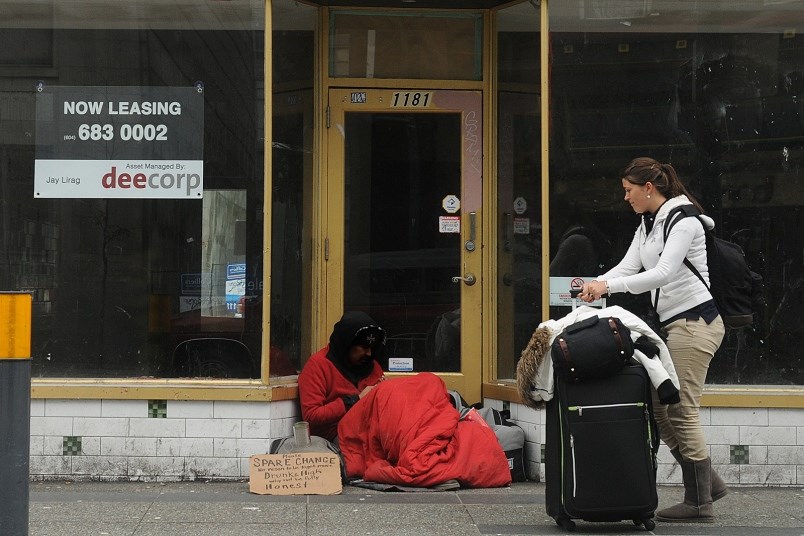It was November 2017.
In a crowded room of housing industry representatives, politicians and media, Jean-Yves Duclos, the then-federal minister responsible for housing, stepped to the microphone and announced the Trudeau Liberals’ national housing strategy.
“The federal government is back in housing — and in a big way — with more ambition, more money and a greater desire to collaborate,” said Duclos to eventual applause.
The renter-focused plan would be worth $40 billion over 10 years and aim to reduce chronic homelessness by 50 per cent in Canada, said Duclos, whose announcement occurred nine months after Vancouver’s homeless count revealed 2,138 people were either living on the street or in a shelter.
The Liberals promised to improve the availability and quality of housing in Canada — through new construction and repairs to existing buildings — and ensure at least 25 per cent of funds would go to projects for women, girls and families.
Indigenous peoples, seniors, survivors of family violence, people with disabilities, refugees and veterans were among the Canadians identified by the Liberals in their strategy.
Details of what B.C. would receive from Ottawa was not released at Duclos’ news conference. But then-mayor Gregor Robertson and then-provincial housing minister Selina Robinson said they expected to receive “a fair share” of the money.
So what did B.C. get?
And have the funds made a difference?
These are questions Glacier Media aimed to answer via interviews and research into a housing strategy that is now worth $72.5 billion, according to Ahmed Hussen, the minister who replaced Duclos.
To the first question: B.C. received close to $4.4 billion in “housing and homelessness initiatives” since the Trudeau Liberals seized power from the Conservatives in November 2015, according to information Hussen’s office provided to Glacier Media prior to the election being called.
To the second question: Hussen’s office says the money has helped 122,600 families in B.C. The investments include “financial commitments where loan agreements have been signed and conditional commitments, which are still subject to final approvals.”
The numbers alone — $4.4 billion and 122,600 families — suggests progress, but a report released last month by Parliamentary Budget Officer Yves Giroux made it clear the housing strategy could be more effective.
In fact, Giroux said, a combination of expired bilateral agreements with provinces, a decline in funding for low-income households and program implementation delays have “limited the impact” of the Liberals’ plan.
He zeroed in on the government’s two key initiatives and pointed out less than half the funding allocated over the first three years to the loan-focused National Housing Co-Investment Fund and the Rental Construction Financing Initiative had been distributed.
Opposition parties and some housing industry watchers have seized on those findings in their criticism of the Liberals’ housing strategy and carried it into the election campaign.
Brad Vis, who is seeking re-election as the Conservative MP for Mission-Matsqui-Fraser Canyon, is among the critics. He said “next to nothing” from the Liberals’ plan has been spent in his riding, which includes part of Abbotsford and runs north up to Lillooet and Cache Creek.
“That’s problematic when you represent a riding like mine, where we’ve seen the homeless count tripling between our two most recent counts,” said Vis, who was his party’s housing critic until the writ for the election was issued in August.
At the same time, Vancouver Mayor Kennedy Stewart and leaders of development and non-profit organizations have pointed to some positive measures in the plan, including spurring the construction of more rental housing in a low vacancy rate province.
“It’s been a winner,” Stewart said of the loan programs. “We could maybe tweak it to get more affordability and more loans for non-profits, but I think this [Liberal] government would be willing to do that.”
• • •
'Punch below our weight'
The day after Giroux’s report was released, Hussen was at an East Vancouver construction site for what would be his last housing announcement before the election campaign began.
In response to Glacier Media’s question about Giroux’s report, Hussen began his comments with a criticism of the previous Conservative-led government, saying it was “simply absent in terms of both providing leadership on affordable housing, but also the necessary investments.”
He acknowledged the Liberal government could do more to increase affordable housing, but said the housing plan has taken time to roll out and attract interest from builders.
“Part of the challenge in introducing any new program is that it takes a little bit of time to get going and for proponents to understand the program and to learn about it, to hear about it, to know how to use it,” he said. “Every government program tends to be like that — every large government program tends to have less uptake in the initial year than subsequent years.”
Added Hussen: “But if you look at the Rental Construction Financing Initiative now, as well as the Co-Investment Fund, the uptake has really, really ramped up. And that’s why we’ve had to increase the funding available for that program.”
Data supplied by his office said the government provided $2.6 billion to various groups in B.C. under the Rental Construction Financing Initiative, which is essentially a low-cost loan program for new housing construction.
An additional $415 million from the National Housing Co-Investment Fund, which is a low-cost or forgivable loan program aimed at construction, repair and revitalization of affordable housing, also went to B.C.
Other programs tied to the strategy include the Affordable Housing Innovation Fund, which transferred $88 million to B.C. Another $205 million came to the province via the pandemic-triggered Rapid Housing Initiative.
The federal and provincial governments also entered into an agreement earlier this year to spend $517 million — split roughly 50/50 — over 10 years in B.C. to help more than 25,000 low-income households unable to make a monthly rent payment or secure an apartment.
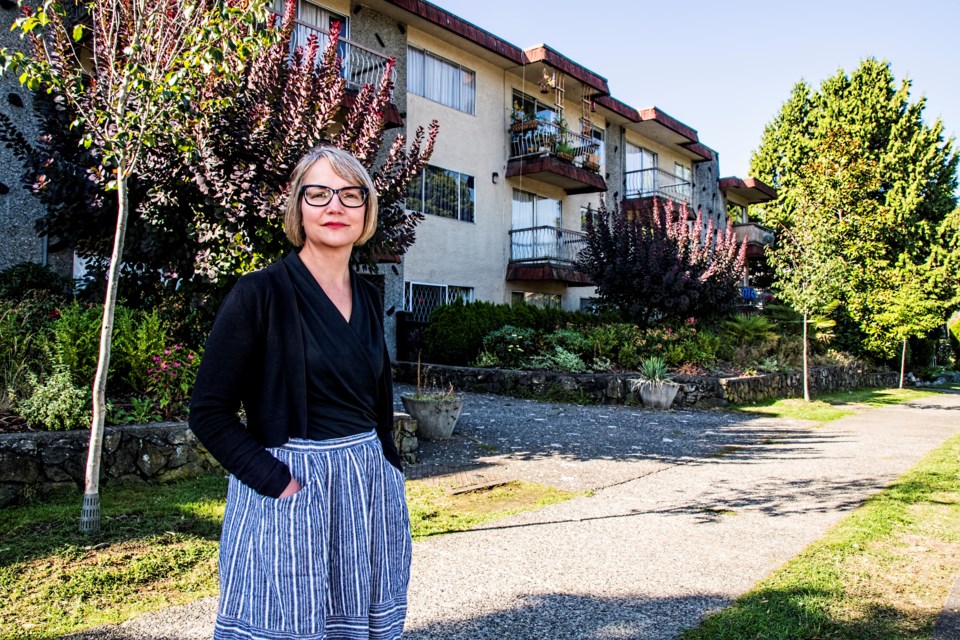
Hussen said B.C., and in particular Vancouver, was “punching above its weight” when it comes to the Rental Construction Financing Initiative — an assessment that Jill Atkey, the CEO of the B.C. Non-Profit Housing Association, agreed was fair.
In fact, she said, the initiative has proved successful in B.C. and generated much-needed rental housing, although not all of it is affordable.
“It is mostly market rental housing, with some affordability requirements, but those affordability requirements are very weak,” said Atkey, adding that cheaper rent in a project could be achieved with direct capital funding rather than a loan.
“It’s a really good supply program though for market rental housing, and we’ve needed that market rental housing. So, it’s not a criticism. It’s just that it doesn’t align with the goals of the strategy.”
The Co-Investment Fund, she added, is “where we punch below our weight.”
“It’s an undersubscribed program nationally, and certainly undersubscribed here in British Columbia,” Atkey said. “And that’s where we’re going to see that long-term affordable housing being built. It’s a critical program in terms of the solution it offers, but we’re not seeing the uptake here in B.C.”
• • •
Loan program 'critical' to housing crisis
The purpose of Hussen’s visit to Vancouver Aug. 11 was to announce three loans via the Rental Construction Financing Initiative worth more than $127 million to PCI Developments LP and Mosaic Homes.
PCI is building two 14-storey rental housing towers in the 3600-block of East Hastings Street, one with 94 units and the other with 119. At least 20 per cent of the homes in each building will go to tenants or households earning between $30,000 and $80,000 per year.
Mosaic will use a $22.75-million loan to help finance a 42-unit building in the 2100-block of East Hastings. The company’s Max Bruce said the building will provide “safe, reasonably-priced” homes.
Tim Grant, president of PCI Developments LP, said the loans combined with Vancouver city council allowing more density on the sites under the Moderate Income Rental Housing Pilot Program make both projects viable with today’s land prices and construction costs.
Grant said the government’s loan program is “critical” in encouraging the development industry to assist with the province’s affordable rental housing crisis. PCI’s project at 3600 East Hastings St. will go ahead with a $46.6 million loan, and a $58 million loan will help finance the project at 3608 East Hastings St.
Total cost of both projects is $119 million.
“It’s enabling groups like us to be introducing below market housing into our developments, which we’ve never had the opportunity to do before,” he said. “We’re big, big advocates for this program.”
• • •
'You can afford this view'
Across town on Main Street, a new nine-storey rental building is getting close to completion on the strip between 6th and 7th avenues. A banner displayed several floors up on the outside of the 145-unit building claims, “You can afford this view.”
The banner urges those interested in renting a studio, one-bedroom, two-bedroom or three-bedroom home to email the builder, Catalyst Community Developments Society.
The non-profit development company, which is a rare entity in B.C., says on its website that 70 per cent of the homes will be below Vancouver’s average market rental rates and the remaining 30 per cent will go to tenants who meet requirements of the Housing Income Limits formula.
That means a prospective tenant, or household, earning a maximum annual income of $55,500 would pay $1,388 per month for a 477 to 594 sq. foot one-bedroom in the building known as the Aspen.
For a tenant or household on a “moderate income” and earning a maximum of $72,000 per year, that same one-bedroom apartment would cost $1,800 per month, according to a table on Catalyst’s website.
Luke Harrison, the president of Catalyst, said the project became viable because of a combination of factors, including a $48.5 million loan under the Rental Construction Financing Initiative and a nominal 60-year lease of city-owned land.
“I think that is, frankly, as good of an example as you can possibly find of a partnership between a municipality, the federal government and a non-profit to deliver affordability,” said Harrison, noting the project is one of the first under the government’s loan program. “We’re not trying to deliver market rental, we’re trying to do better and do below market rents.”
The formula, he added, for setting rents is really based on recovering the costs to operate the building. There is also flexibility in what a tenant might pay, for example, in a three-bedroom over a studio.
“What we can do in a building like that is effectively borrow from the studio units to help pay for the affordability within the three-bedroom,” said Harrison, noting such a strategy could assist a family living on a single income that may not be able to afford child care costs.
The Aspen is not the only project Catalyst is building with assistance from the federal government, with loans via the Rental Construction Financing Initiative and National Housing Co-Investment Fund tied to other developments, including the 119-unit Alder on Sawmill Crescent in Vancouver’s River District.
Three projects are being built in Tofino and “another five or six are in the earlier stages of development that are definitely on the [Canada Mortgage and Housing Corporation] radar,” Harrison said.
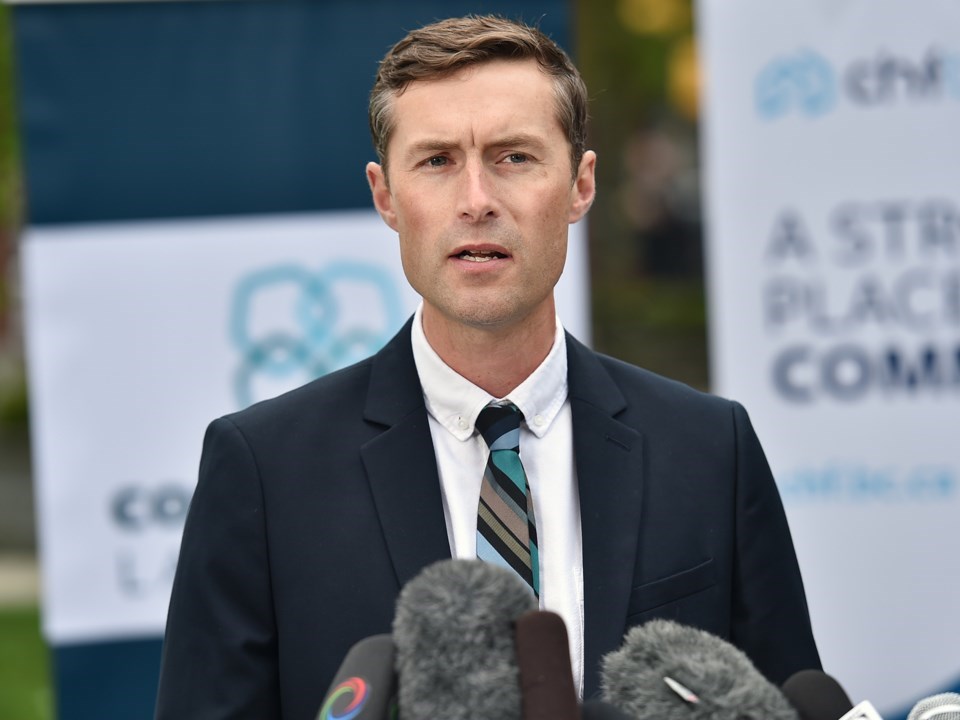
Asked about Giroux’s report and Atkey’s comment about minimal uptake on the Co-Investment Fund, Harrison said it comes down to an interested developer or non-profit being certain they will receive a loan to make the project viable.
“I think that CMHC is aware of this, and there’s got to be some way of getting a higher level of commitment early on to non-profits so they can borrow from other people, and do whatever they need to do in order to really kind of embed risk in a project and start spending money,” he said.
The Rental Construction Financing Initiative, on the other hand, has been seen as attractive to developers who had already made a business case for a market rental project prior to securing a government loan.
“This has allowed CMHC to get a lot more money out the door faster because it’s gone into projects that have advanced to a place that are effectively shovel-ready and could progress maybe without [a government loan] anyway,” Harrison said.
At the same time, he added, he understands the loan programs and their stated goals to provide affordable housing may not always be met.
“Non-profits that don’t have any incentive to squeeze any profit from a project will deliver that affordability,” he said. “Certain developers probably will too — they have a mission and desire to help solve the problem. And there’ll be others that say, ‘Thanks, I’ll put the extra profit in my pocket.’”
• • •
'Rebuilt from scratch'
Mayor Kennedy Stewart has been a booster of the government’s incentive programs to attract more development of rental housing, noting the more profitable route for builders has long been the condo market.
It still is in many ways, the mayor said, pointing out that a developer makes about 15 per cent profit on a condo project and about six per cent on a rental building. So, he added, there needs to be a way to diminish that gap.
“The financing [from government loans] helps do that — they can make a little more money and it makes rental more attractive to build,” Stewart said.
Asked about Giroux’s review of the national housing strategy, the former NDP MP said the mechanisms to get federal money into the hands of builders and cities “atrophied” since Ottawa’s housing plan fizzled in the 1990s.
“What I discovered when I began working on this in 2019, is that the province and federal government had never talked to one and other about this,” he said. “So it wasn’t like finding one of those old cars in a garage with a tarp over it that was well oiled and ready to go. It almost had to be rebuilt from scratch.”
The Trudeau Liberals’ investment in other housing programs such as the Rapid Housing Initiative have also benefited Vancouverites, said the mayor, noting it has allowed for purchases of hotels to transform into housing for homeless people and people at risk of homelessness.
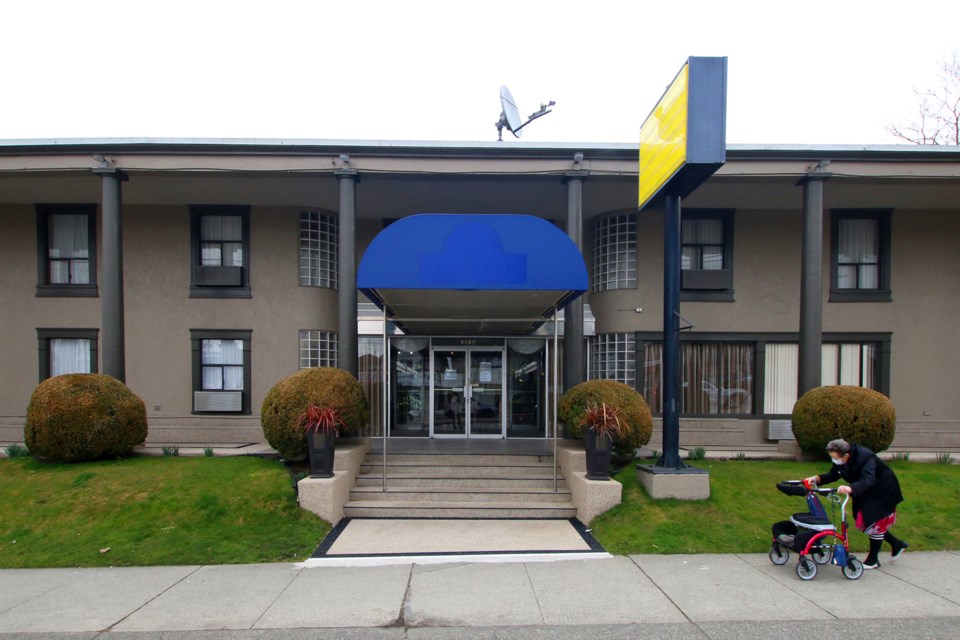
He estimated Vancouver has received $375 million in housing money from the federal government since he was elected mayor in October 2018. That doesn’t include the loans given to Catalyst, PCI and others.
Federal money has also helped leverage funds from the provincial government, he said, noting that when investments from the city combined with provincial and federal dollars are totalled up, “we’ve put well over a billion dollars into housing since I’ve come into office.”
To Atkey’s point about not all the rental housing being built is affordable, Stewart reflected back on his days in Ottawa, which he described as a theoretical place. Having a government actually begin to deliver on housing is good news, he said, noting the dearth in investments during the Harper government’s years.
“I’m hoping [the programs] will continue because we still have lots of work to do,” the mayor said. “Even if it is just low-cost financing for rentals and all it produces is market rentals, that’s OK, too. We need market rentals as well.”
He agreed city governments have a role to play in speeding up the process to get housing built, including placing conditions into rezoning applications connected to the federal programs.
“We could kind of say, ‘Well, if you’re going to get federal funding, then X amount would have to go to reduce rents or something like that’ — and that’s only going to come through partnerships and discussions,” Stewart said.
• • •
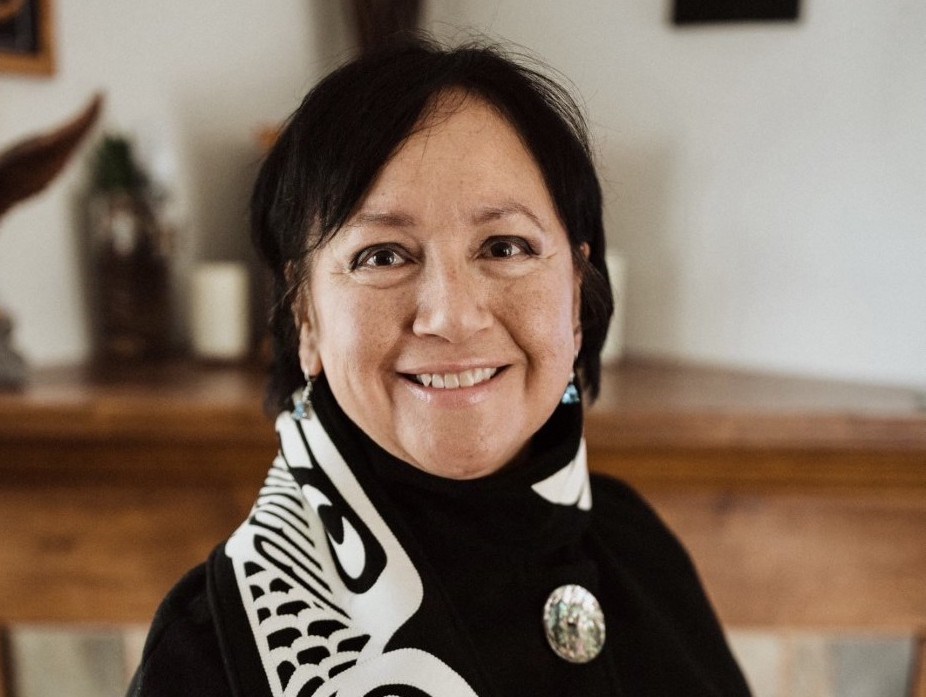
'No concrete progress'
While there is evidence of success tied to the Liberals’ housing strategy, Margaret Pfoh’s assessment of the plan is seen through a lens of urban and rural Indigenous peoples.
The chief executive officer of the West Vancouver-based Aboriginal Housing Management Association questioned where and how the $4.4 billion in housing and homelessness initiatives in B.C. has assisted Indigenous citizens living off-reserve.
“My mandate is to speak on behalf of those Indigenous folks that represent 30 per cent of homeless people and 18 per cent of whom are at risk of homelessness,” Pfoh said in an email. “I don’t see those stats reflected in our share of the housing fund.”
Her research indicates three projects have been generated via the National Housing Co-Investment Fund and one project under the Rapid Housing Initiative. Most affordable housing dedicated to urban Indigenous peoples has been built through provincial programs, she said.
“We are lucky in B.C. to have a provincial government that has invested significantly in urban Indigenous housing,” Pfoh said. “Unfortunately, it’s not the case for other provinces and territories. The feds need to acknowledge their responsibilities towards Indigenous people, no matter where they choose to live.”
When the Liberals announced their housing strategy in 2017, she said, the housing sector was delighted to see the federal government invested again in affordable housing for Canadians.
However, she continued, Indigenous housing was acknowledged through three streams — First Nation, Metis and Inuit — and excluded urban Indigenous peoples, despite accounting for more than 80 per cent of Indigenous citizens in the country.
“It took us two years to convince the Liberals to recognize urban Indigenous as a separate stream, which minister Hussen was mandated to create and fund after the 2019 election,” Pfoh said. “Now we’re heading towards another federal election with no concrete progress on this file.”
She, too, pointed to Giroux’s report on the housing strategy, noting “only 0.08 per cent” of funds in the plan is dedicated to urban Indigenous peoples, despite representing five per cent of Canada’s population and being overrepresented “in all core housing and homelessness stats.”
A review of the federal government’s housing announcements indicates some investments or loans directed at housing for First Nations in B.C., although the projects are mostly connected to bands and not urban Indigenous citizens.
In August, the federal government announced an $88-million low-cost loan to help build 173 new housing units at the Musqueam Capital Corporation’s Lelem Village near the University of B.C. At least 62 of the homes will have affordable rents, according to an Aug. 4 news release.
In May, the government announced a $4 million investment through the projects stream of the Rapid Housing Initiative to build 32 affordable homes on land owned by the Cowichan Tribes on Vancouver Island.
That same month, the government announced $6.4 million to help open a 23-unit rental building on Boundary Road for Indigenous tenants and $10.8 million for the construction of 34 homes for three Indigenous communities: Splatsin Nation, Shackan Indian Band and Tk’emlups te Secwepemc.
“Our housing needs are peculiar, and mainstream housing programs don’t acknowledge the cultural dimension and intergenerational trauma that most urban Indigenous are struggling with,” Pfoh said. “I think we’ve heard enough promises during the last two elections and it’s time for concrete actions. Our people are struggling, and the funding gap is getting deeper on a daily basis. We need to act before it’s too late.”
• • •

One million homes in three years
In the riding of Mission-Matsqui-Fraser Canyon, Vis said there are 31 nations and at least six Indigenous languages spoken.
Housing is central to the nations’ prosperity, said Vis, whose party wants to give autonomy to First Nations to control their housing needs.
“The Conservatives are steadfast in our commitment when we form government to help First Nations realize their unique housing needs sooner than later — so they can build more supply, so they’re not having to go to Ottawa for every repair and minor asset change on a reserve,” he said.
He, too, referred repeatedly to the findings of Giroux’s report to support his argument that First Nations in his riding have largely been excluded from government housing programs.
Vis, however, held back on criticizing the Liberals’ Rental Construction Financing Initiative.
“I’ve heard from stakeholders that the rental construction financing is well received, so I’m not going to bash the government for that program,” he said. “But I think we can do more, and we can incentivize more people to be building purpose-built rentals, without having to go through a lengthy government application.”
A scan of news releases issued by the Liberals since 2015 shows at least three housing developments announced for Hope and Chilliwack, including $11.8 million in January 2019 for the construction of the 67-unit Webb Avenue Apartments.
At the same time, the Fraser Valley Regional District homeless report for 2020 revealed 895 people were homeless in that region, up from 606 counted in 2017.
Mission alone increased from 63 homeless people counted in 2017 to 178 in 2020; the count was done prior to the pandemic being declared, with cities such as Vancouver having connected an increase of people living on the street since COVID-19 struck.
The Conservatives promise in their housing platform to build one million new homes in three years, and release at least 15 per cent of the federal government’s 37,000 buildings for homes.
The party also wants to encourage foreign investment in affordable purpose-built rental housing for Canadians and require municipalities receiving federal funding for public transit to increase the number of homes near the funded transit.
Implementing a “housing first” model to reduce homelessness is another plank in the Conservatives’ platform. Yet the promises are not directed at housing alone, but to invest $325 million over three years to create 1,000 residential drug treatment beds and build 50 “recovery community centres” across the country.
Vis said the lack of rental housing being built in Canada has an impact not only on would-be renters, but those renters who want to spend less than 30 per cent of their income on rent so they can save to buy a home.

In September 2019, the governments of Canada and B.C. established the Expert Panel on the Future of Housing Supply and Affordability.
Its final report published in June said home prices in B.C.’s four largest urban regions — including the Fraser Valley — rose between 101 and 157 per cent over 15 years, with rents increasing between 64 and 82 per cent.
The federal government, the report added, withdrew from funding new social housing in the 1990s after a period of creating 25,000 new affordable homes annually.
From 1970 to 1989, B.C. saw 52,059 social and affordable homes built. That dropped to 31,643 between 1990 and 2019, according to the report.
The B.C. Non-Profit Housing Association’s Atkey was a member of the panel and said the statistics demonstrate the need for more purpose-built rental buildings in B.C., which is a form of housing she and other advocates have requested for years.
“There needs to be a really robust market and non-market rental supply to be there for people who don’t have intergenerational wealth transfer coming their way [to purchase a home],” she said.
Research done by the B.C. Rental Housing Coalition estimates 80,000 rental housing units are needed to fix the housing deficit in the province — and, that an additional 7,000 new rental units have to be constructed annually over the next decade to meet demand.
Vis said he’s hearing from many constituents in the 18 to 34 years old category concerned about affordability and worried about skyrocketing rents and home prices.
“They’re feeling that the system has left them behind,” he said. “They followed all the rules — they went to the University of the Fraser Valley, they went to BCIT. They’ve got a trade, they have a business degree, they’re making a decent income. But many now feel they don’t have a future in the communities they grew up in.”
• • •
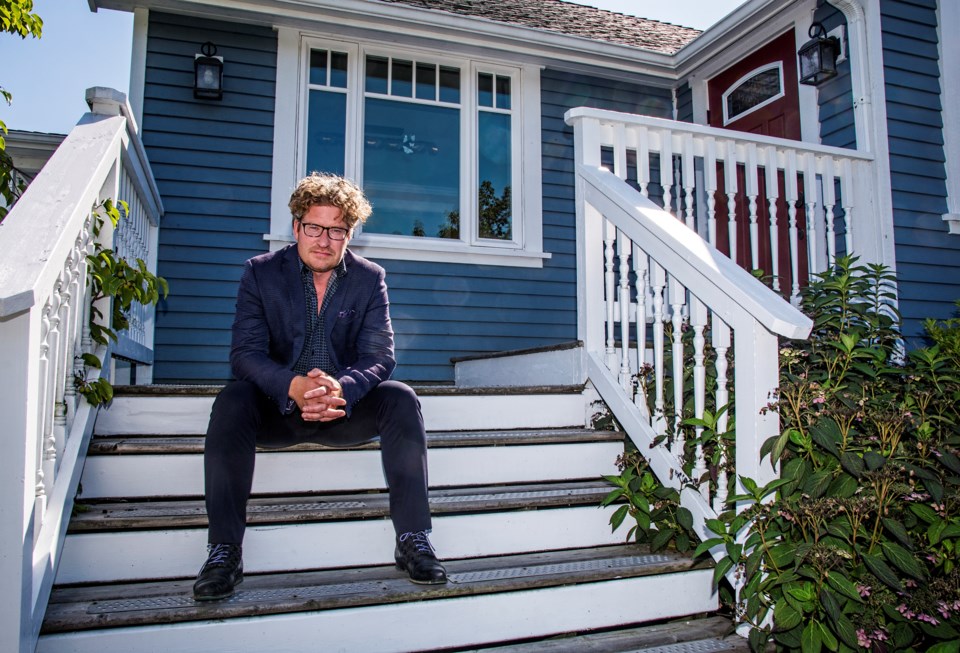
'Generation squeeze'
It’s an anecdote Dr. Paul Kershaw would be intimately familiar with as an associate professor at the University of B.C.’s School of Population and Public Health and founder of Generation Squeeze, a voice for younger Canadians in politics and the housing market.
But a solution to concerns raised by many young people is not one he has found in the national housing strategy, which he described as “largely a national social housing strategy.”
“If it were the case that our housing problem was simply going to be solved by social housing, or scaling up the non-profit sector, you would have me observe and evaluate that, hey, it’s a good plan,” he said.
“But here is the fundamental bullet point that I hope you will keep in mind when thinking about this approach to solving the housing problem: right now, about five per cent of Canadians — according to the census — have some sort of subsidy for housing.”
And let’s say, he continued, that five per cent gets doubled or tripled and maybe even reaches 20 per cent in the next few years. Even with that huge boost, eight in 10 people in Canada would still be relying on the regular housing market to make a home, he said.
“So we have to have a national housing strategy that sets its eyes on fixing the regular market — adjusting the policies in a range of ways to adjust the outcomes of the regular market,” Kershaw said.
“We have designed a housing system that is organized to grow home prices way faster than local earnings. We now need to say that’s the primary problem, and what are we going to do to address that.”
Politicians, he said, need to be brave enough to talk about the root cause of the country’s housing crisis — and that is wealth. While there has been evidence of foreign owners driving up housing prices coupled with shady realtors and money launderers treating housing as a commodity, Kershaw said he’s also benefited from the surge in housing prices.
As a homeowner, he said he’s watched his equity grow since he and his partner bought a house in Pitt Meadows 17 years ago. So have many others who got into the housing market years ago and those now capitalizing on low mortgage rates.
“We need a harder conversation about the unaffordability we are imposing on others and crushing dreams of home ownership for generations of young people —and making anyone who’s been a renter for some time struggle more and more,” he said, emphasizing that more purpose-built rental is needed, but not in places where it means knocking down older, existing rental stock or renovating apartments that lead to evictions.
“If they really care about affordability, we need parties to say the following: for the rest of the decade, we no longer want home prices to rise. That’s actually our goal. And if we are explicit that that’s our goal, then we will actually be able to reorient all of our policies to achieve that goal.”
Housing platforms
In recent weeks, the Liberals, Conservatives and NDP have made housing a major focus of their campaigns, with promises of building more homes for Canadians in need.
If re-elected, the Liberals say they will build, preserve or repair 1.4 million homes in four years.
The Conservatives promised one million new homes over three years while the NDP’s target is 500,000 homes over 10 years.
The Greens had not released its housing platform at the time of this story being posted, although the party promised in 2019 to build 25,000 new affordable housing units and refurbish 15,000 more annually over a decade.
When the Liberals announced their housing strategy in 2017, their own press material said Canadians in “core housing need” — which means a household spending more than 30 per cent of their income on rent — totalled 1.7 million.
Giroux said in his report that “we project that in the absence of additional spending, the number of households in housing need would have increased to approximately 1.8 million households” by 2025.
The election is Sept. 20.
Note: More details on the housing platforms of the Liberals, Conservatives and NDP can be read here.
